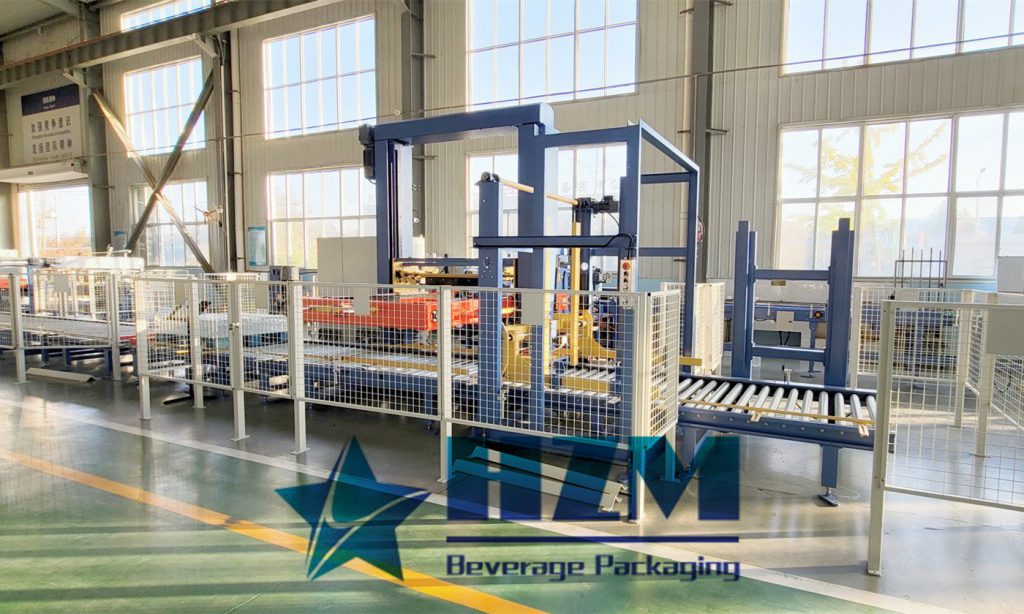Palletizing Robot: An Introduction and Principles
Palletizing robots are mechanical devices used for automatic execution of tasks. During operation, they can accept human commands and accurately run pre-programmed sequences. They follow principles and guidelines set by artificial intelligence technology to automatically stack objects, such as bags, blocks, and boxes, into organized arrangements on pallets or stackers (wooden or plastic). The purpose of these robots is to assist or replace repetitive human labor in various industries, including manufacturing and construction.

Product Introduction
Palletizing robots can be integrated into any production line, providing intelligence, robotization, and networking to production sites. They enable automated palletizing logistics for various operations in the beer, beverage, and food industries, and are widely used for cartons, plastic boxes, bottles, bags, barrels, and packaged products. They are often integrated into three-in-one filling lines to palletize various bottles, cans, and packages. The automatic operation of the palletizing robot includes steps such as automatic loading, rotation, sorting, stacking, transferring, lifting, placing on pallets, and unloading.
What is a Palletizing Robot? What are the Principles of Palletizing Robots?
Principle of Palletizing Robot Gripper
Palletizing robots mainly perform grasping and placing operations. They pick up materials from a conveyor belt and place them in predetermined positions on pallets in a repetitive cycle of motion. Considering the spatial relationship between the robot, conveyor belt, and pallet during palletizing tasks and the presence of obstacles during movement, a "gate" shaped trajectory is selected. The end effector of the robot follows a "gate" shaped path when stacking cartons at different positions on the pallet, with only the final coordinates differing due to variations in the carton's position.
Palletizing involves stacking materials in a specific pattern based on the concept of integrated unitization. This allows unitized stacks of materials to facilitate storage, handling, loading, and transportation activities in logistics. Compared to traditional manual palletizing and gantry-style palletizing machines, palletizing robots are increasingly applied in various fields due to their high production efficiency, small footprint, flexible movements, and low labor intensity.
Common Types of Palletizing Robot Grippers
- Claw-type mechanical gripper: mainly used for high-speed bag stacking.
- Plate-type mechanical gripper: primarily used for box stacking.
- Vacuum suction-type mechanical gripper: suitable for picking up stackable items.
- Hybrid gripping-type mechanical gripper: suitable for picking up stackable items and cooperating with several stations for coordinated handling.
When adopting a palletizing robot, an important consideration is how the robot grasps the products. Vacuum grippers are the most common end-of-arm tools (EOAT) for robot arms. They are relatively inexpensive, easy to operate, and capable of efficiently handling most loads. However, in certain applications, vacuum grippers may encounter issues with porous substrates, liquid-filled soft packaging, or irregularly shaped packages.
Classification of Palletizing Robots
- Based on Structure:
Palletizing robots can be classified into three forms based on mechanical structure: HZM, articulated, and gantry-style.
- HZM Palletizing Robot: Consists of a column, X-arm, Y-arm, and gripper. It uses four degrees of freedom (including three movable joints and one rotating joint) to complete the palletizing process. This form has a simple structure, strong rigidity, and can handle heavy loads, making it suitable for palletizing heavy materials.
- Articulated Robot: The palletizing robot rotates around its body and includes four rotating joints: waist, shoulder, elbow, and wrist. This type of palletizing robot is programmed through teaching, where the operator holds a teaching box to control the robot's movements according to specified actions. The movement process is then stored in the memory and can be reproduced during automatic operation. Articulated robots have a compact body and a large range of motion, making them suitable for multitasking and flexible handling of multiple production line operations.
- Gantry-Style Robot: When the robot arm is mounted on a gantry, it becomes a gantry-style palletizing robot. This type of robot has a large working range and can handle heavier materials.
- Based on Stacking Requirements:
- Single-layer Palletizing Robot: The most basic form relies on a conveyor belt to transport materials. Once the materials reach the turning mechanism and are oriented in the desired direction, they can be placed on the layer conveyor. The products are then arranged closely in the designated order, and the arranged products are transferred to the next station through a roller conveyor, completing the palletizing operation.
- Multi-layer Palletizing Robot: More complex than the single-layer version, it utilizes a layer conveyor below the conveyor belt and can be adjusted left and right. When stacking, the materials are arranged in an orderly manner on the layer conveyor and then positioned at the far-left limit position. When the conveyor belt delivers materials blocked by a baffle, they form a row. The layer conveyor is then shifted to the right, and the materials are once again arranged in a row. This process is repeated, and with each additional layer, the lifting platform of the palletizing robot descends one layer until the stack reaches the desired height.
- Line-up Palletizing Robot: This type of robot arranges materials in rows before conveying. The push plate places the conveyed materials on a collection table, and then, moving from bottom to top, it stacks three layers of materials together. A slope device ensures the smooth completion of the process, and the unique design of the collection table helps the palletizing robot complete the stacking. These are some of the common types of palletizing robots.
Key Advantages of Palletizing Robots
- Palletizing robots have much higher stacking capabilities compared to traditional palletizers or manual palletizing methods.
- Their simple structure results in lower failure rates and ease of maintenance and repair.
- Palletizing robots have fewer components, resulting in lower maintenance costs.
- They have lower power consumption, approximately one-fifth of mechanical palletizing machines.
- Palletizing robot arms can be set up in narrow spaces, leading to high space utilization and flexible application.
- All operations can be completed through a touchscreen in the control cabinet, making operation very straightforward.
- Palletizing robot arms are highly versatile, with one arm capable of handling different products on up to six production lines simultaneously. When product updates are needed, new data can be input, recalculated, and executed without requiring hardware or equipment modifications.
- The stacking pattern and number of layers can be set arbitrarily, resulting in neat stacks that facilitate storage and transportation.
TAG: Palletizing Machine



-
![Maintenance Measures for Fully Automatic Palletizing Machine]() Maintenance Measures for Fully Automatic Palletizing MachineJul , 17 /2023
Maintenance Measures for Fully Automatic Palletizing MachineJul , 17 /2023 -
![Automatic Palletizing Machine: A Powerful Tool for High-Speed Water Production Line Palletizing and Storage]() Automatic Palletizing Machine: A Powerful Tool for High-Speed Water Production Line Palletizing and StorageJul , 25 /2023
Automatic Palletizing Machine: A Powerful Tool for High-Speed Water Production Line Palletizing and StorageJul , 25 /2023 -
![Buying Guide for Automatic Palletizing Machine: Price and Considerations]() Buying Guide for Automatic Palletizing Machine: Price and ConsiderationsJul , 25 /2023
Buying Guide for Automatic Palletizing Machine: Price and ConsiderationsJul , 25 /2023 -
![Advancing Automation: The Automatic Palletizing Machine]() Advancing Automation: The Automatic Palletizing MachineJul , 25 /2023
Advancing Automation: The Automatic Palletizing MachineJul , 25 /2023















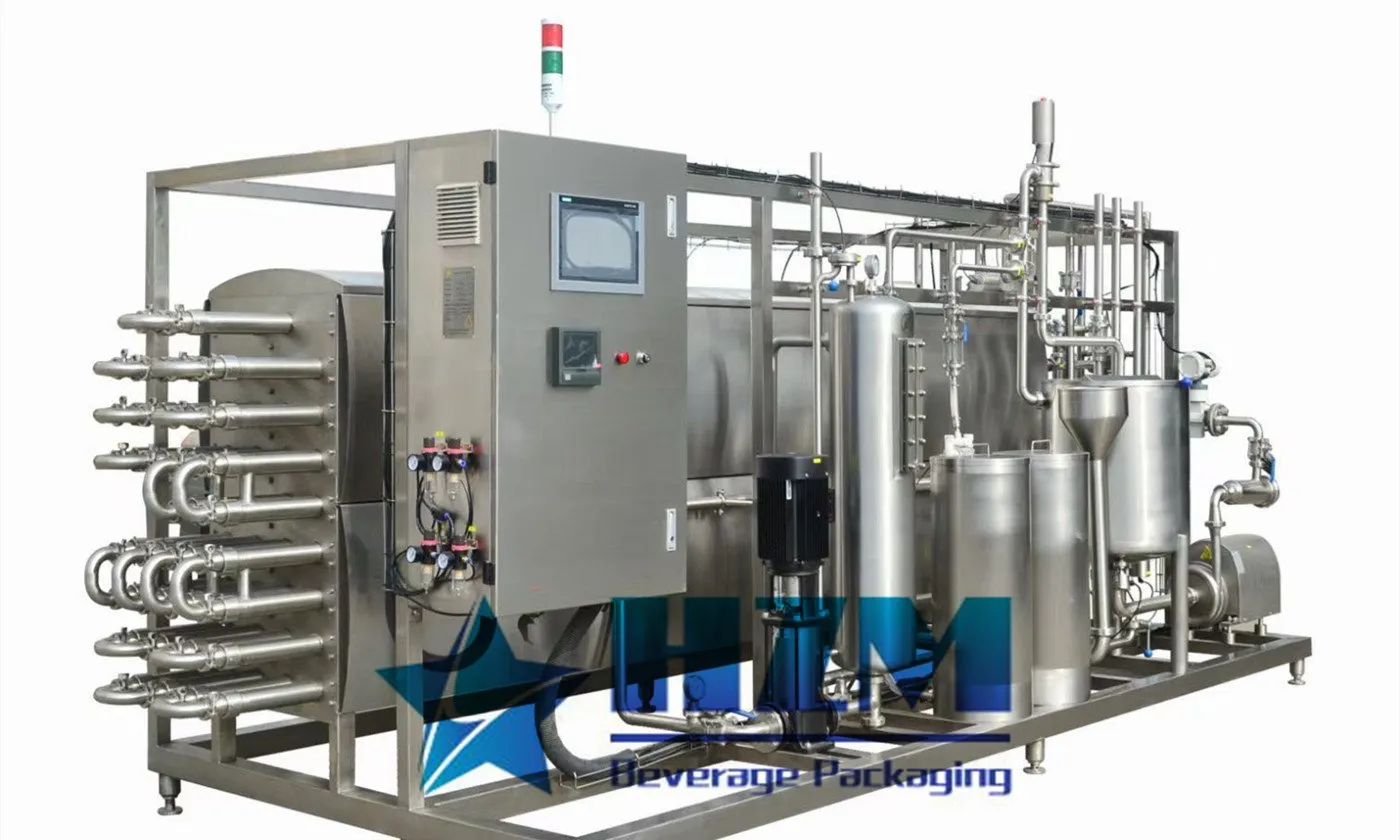





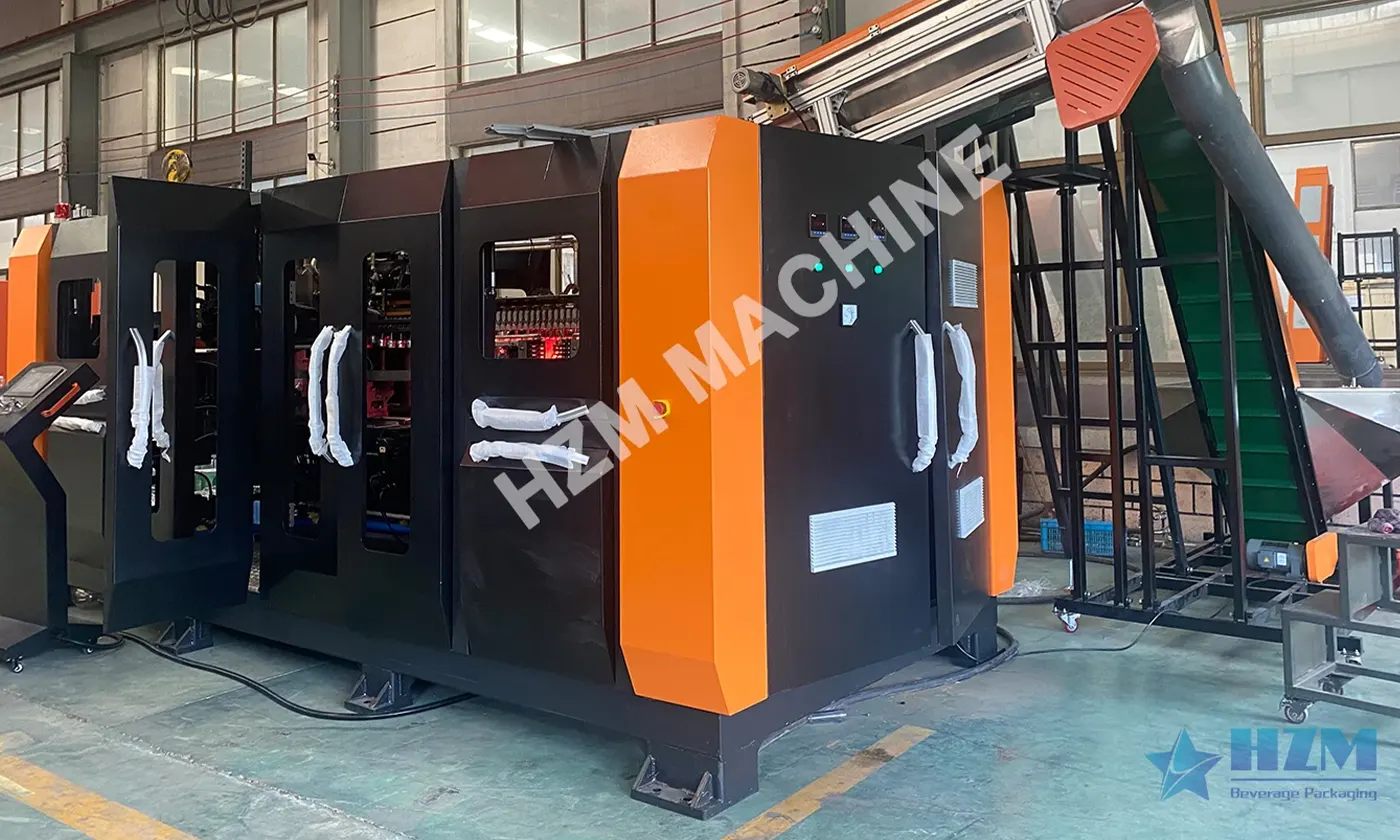








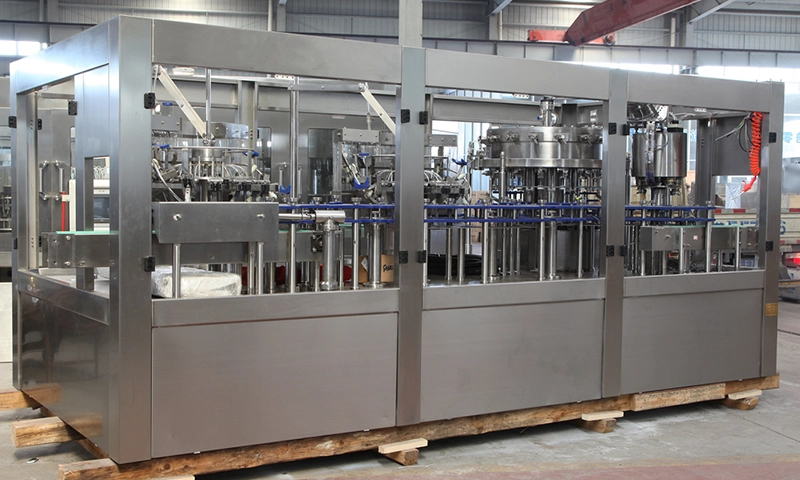
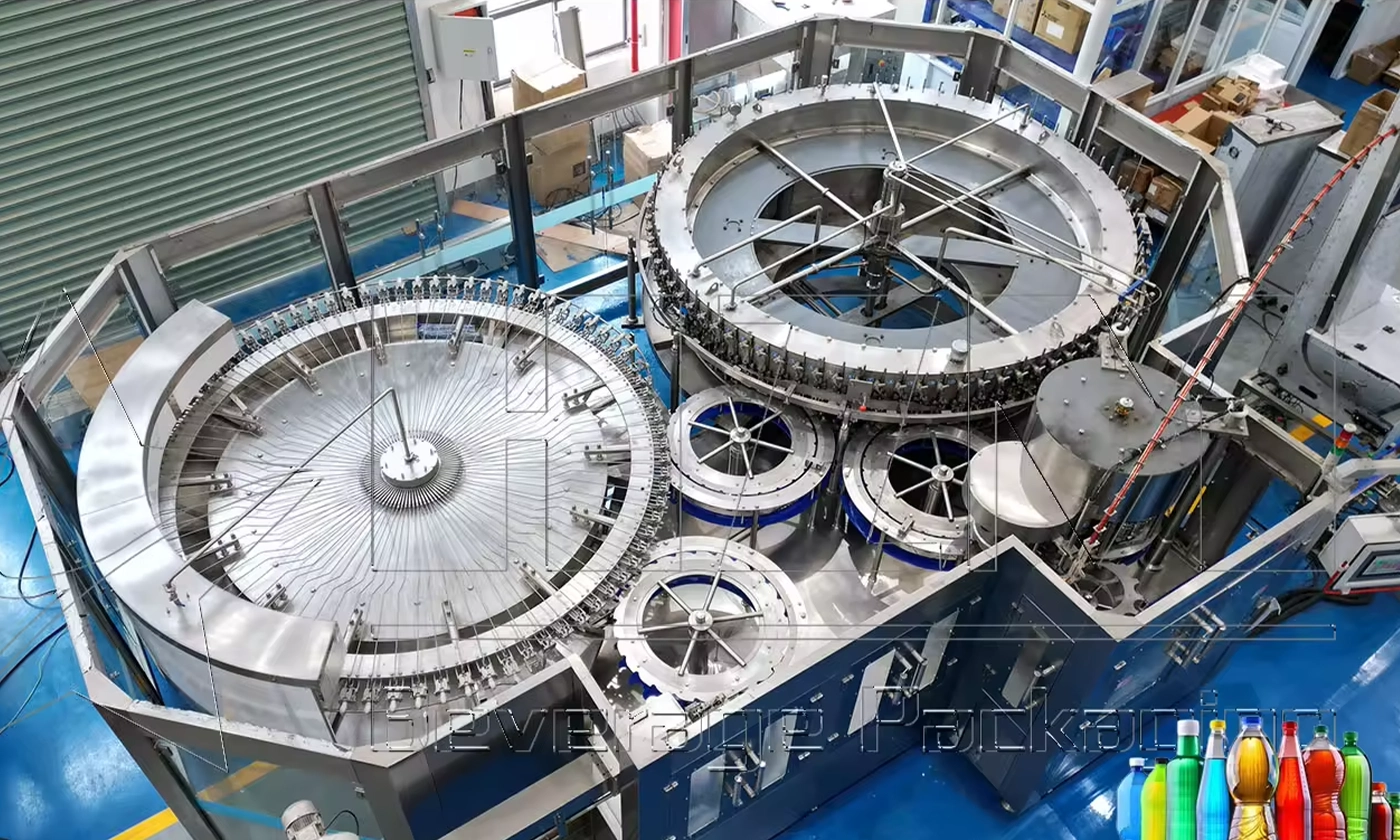








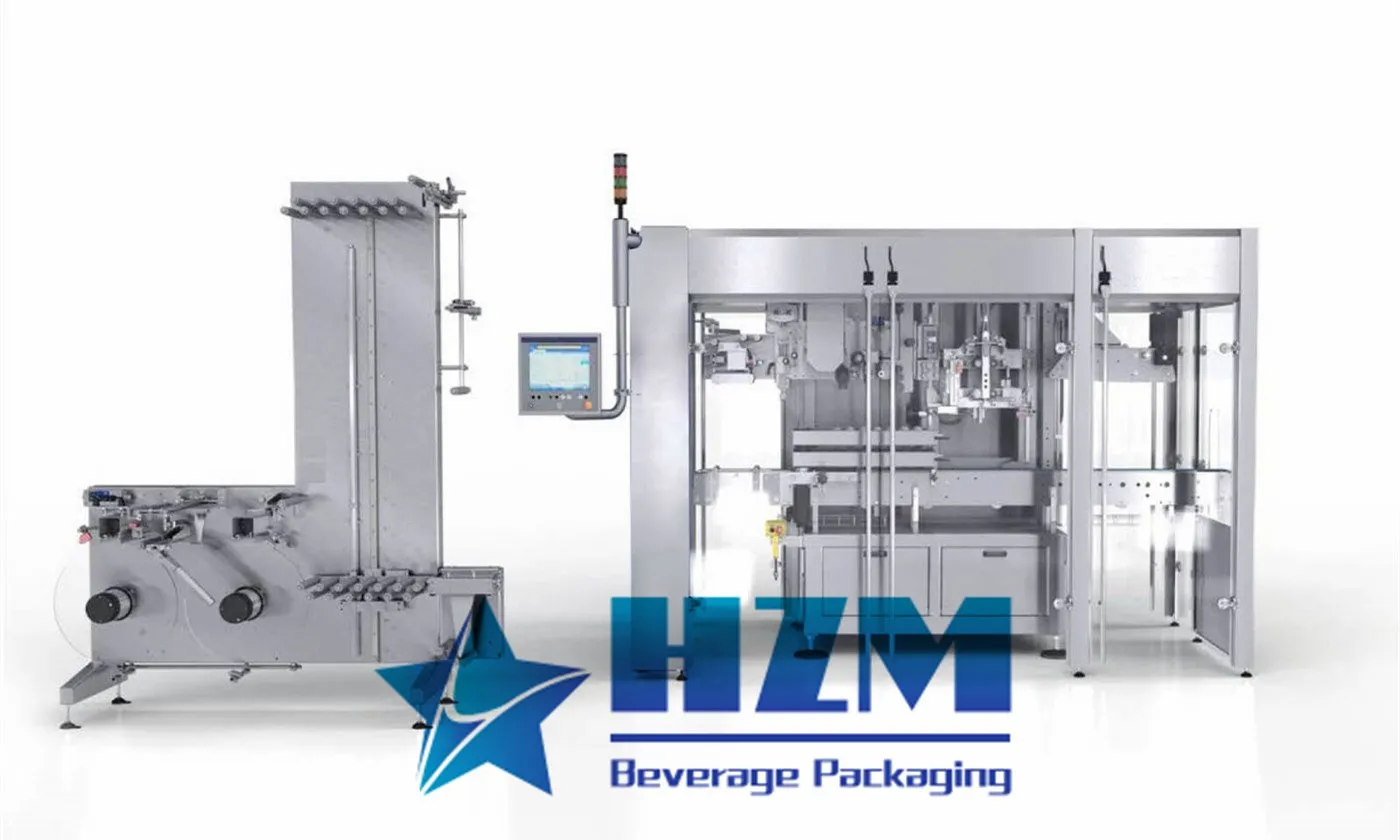










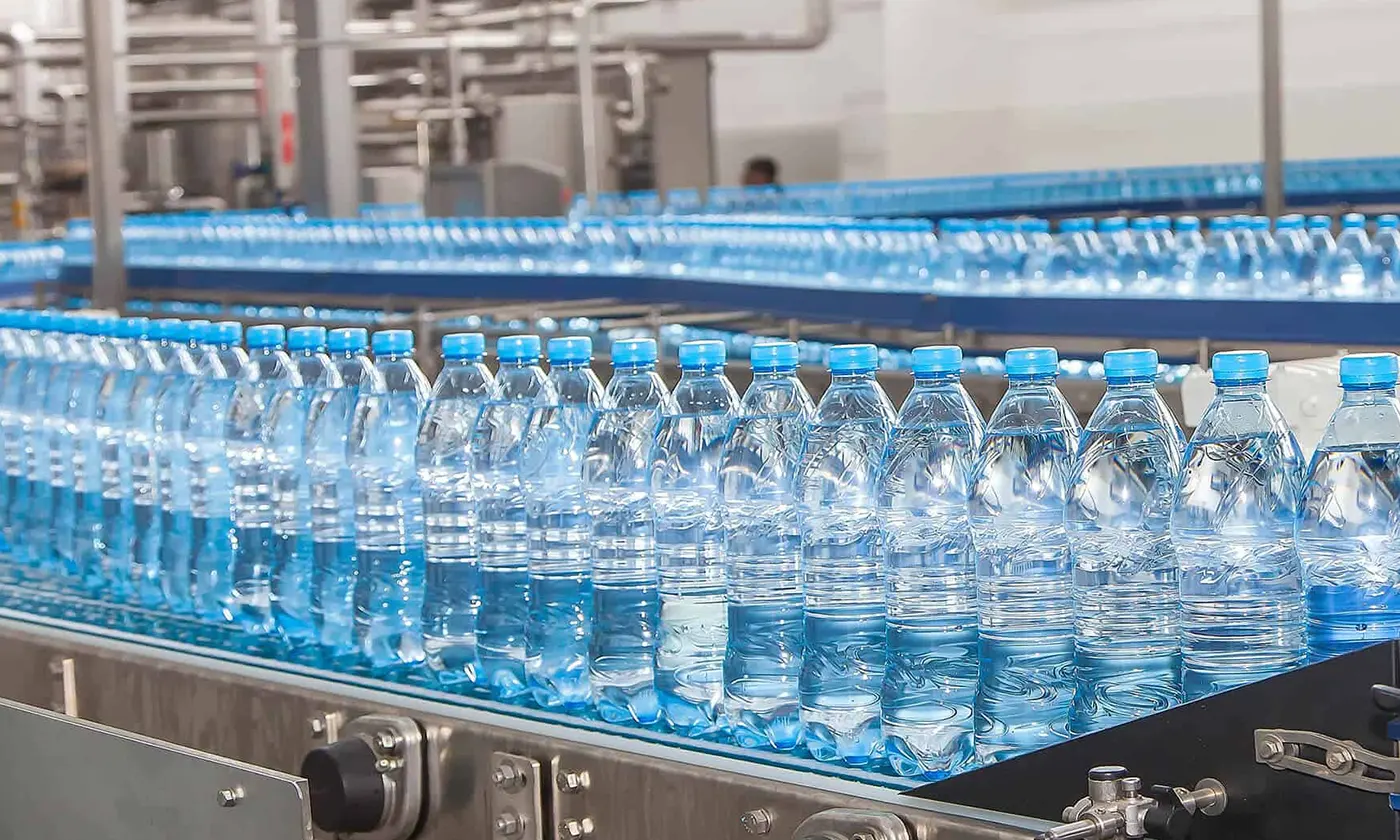




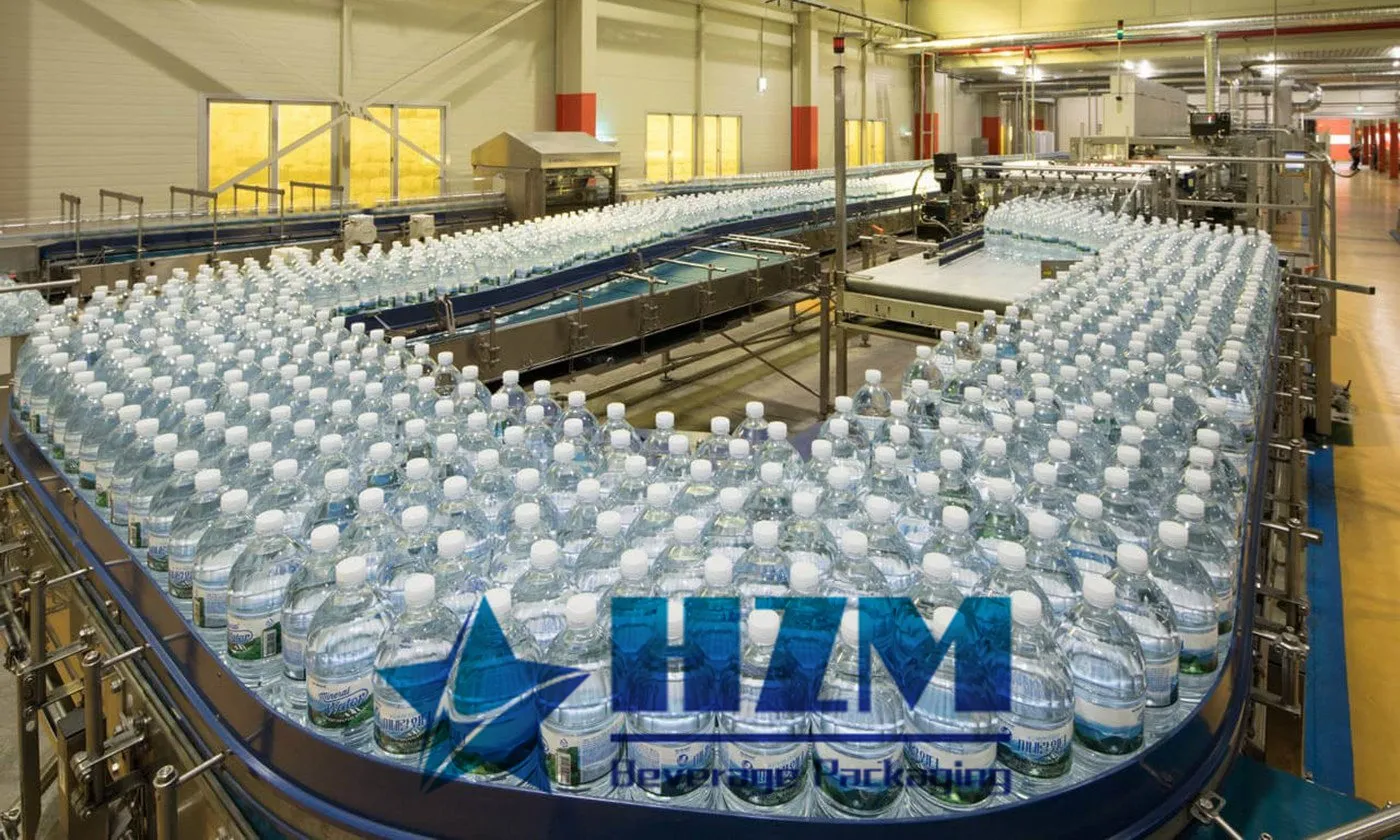
 Home /
Home / 
